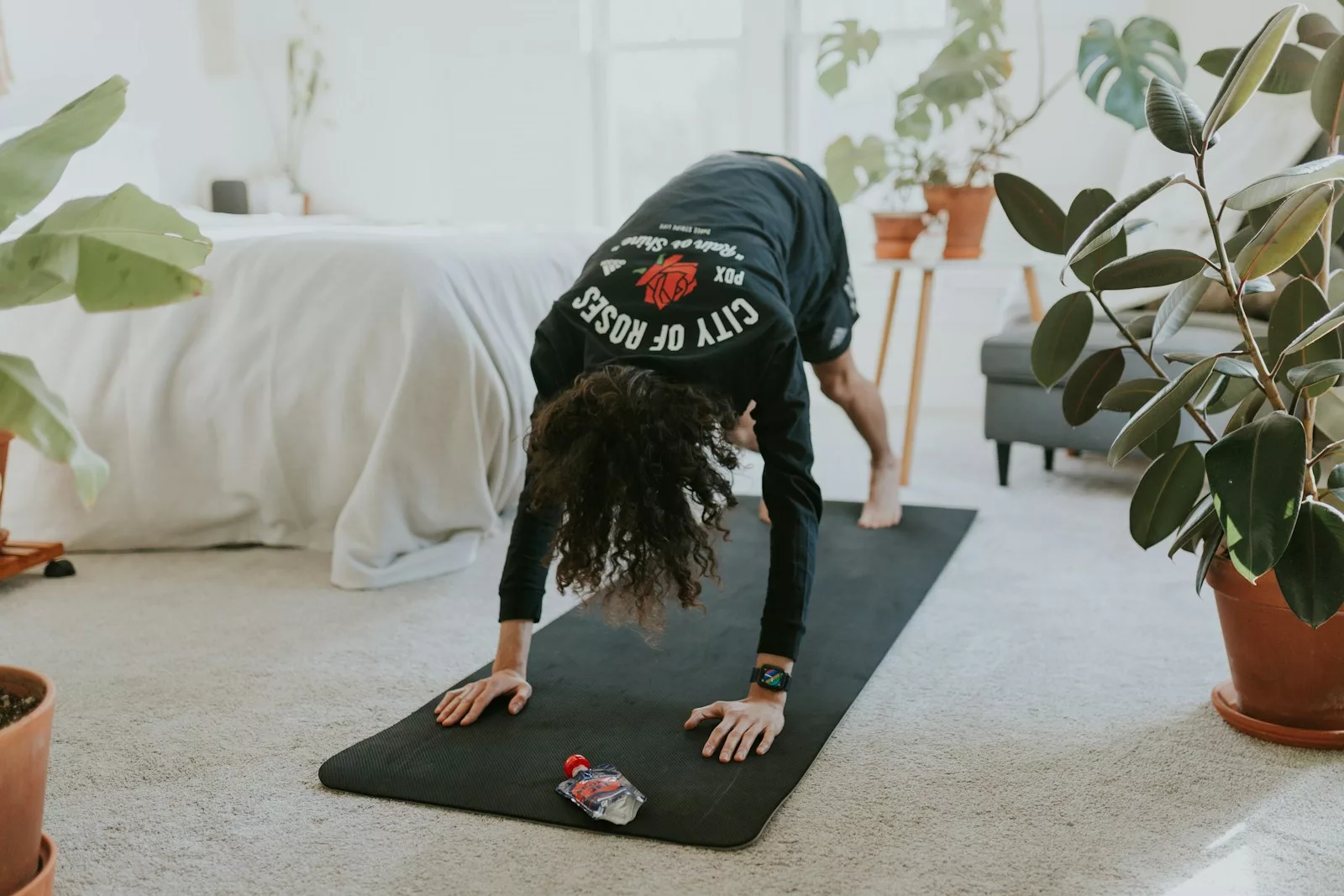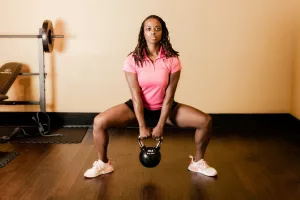Staying fit doesn’t require an expensive gym membership or fancy equipment. With the right mindset, creativity, and commitment, you can maintain a healthy and active lifestyle from the comfort of your home or by utilizing resources around you. This comprehensive guide explores effective strategies, exercises, and lifestyle habits to help you achieve and sustain fitness without setting foot in a gym. With dedication and a little ingenuity, you can stay healthy and vibrant no matter where you are.
The Benefits of Fitness Outside the Gym
Fitness routines that don’t rely on a gym offer numerous advantages, from saving money to fostering flexibility and innovation in your approach to health.
Cost Savings
Gym memberships often come with hefty monthly fees and long-term commitments. By opting to stay fit without a gym, you save significant money, which can be invested in affordable fitness tools, healthier food options, or even outdoor gear for activities.
Additionally, avoiding recurring costs like transportation to the gym or supplementary charges for classes can add up to considerable savings over time.
Flexibility and Convenience
Exercising at home or outdoors eliminates the constraints of gym hours and commute times. You can work out whenever it suits your schedule, whether early in the morning, during lunch breaks, or late at night. This flexibility makes it easier to integrate fitness into a busy lifestyle and maintain consistency.
Personalization and Creativity
Without access to standard gym equipment, you have the freedom to explore diverse workouts that align with your preferences and goals. From bodyweight circuits to outdoor adventures, a customized approach ensures that your fitness journey remains engaging and adaptable to your evolving needs.
Setting Goals and Staying Motivated
Establishing clear fitness goals and maintaining motivation are essential to staying on track. A structured plan with measurable outcomes can turn aspirations into tangible achievements.
Define Your Fitness Objectives
Clarify what you want to achieve—whether it’s weight loss, muscle building, increased endurance, or enhanced flexibility. Break these goals into smaller, actionable steps. For example, instead of aiming to lose 20 pounds, start with a goal of losing 1-2 pounds per week.
Track Your Progress
Document your workouts and achievements in a fitness journal or an app. Monitoring improvements in strength, endurance, or physical appearance can inspire you to push forward. Include milestones like completing a 5K run, mastering a challenging yoga pose, or increasing push-up reps.
Build a Routine
Consistency breeds results. Design a weekly workout schedule that incorporates a mix of cardio, strength, and flexibility exercises. Treat these sessions as fixed appointments, ensuring you prioritize them despite daily distractions.
Stay Accountable
Find an accountability partner, whether it’s a friend, family member, or online community. Sharing goals, celebrating victories, and navigating setbacks together can strengthen your commitment and make the journey more enjoyable.
Home Workouts for Every Fitness Level
Home workouts can be as effective as gym sessions when performed with proper form and intensity. The following exercises cater to beginners and advanced fitness enthusiasts alike, requiring minimal or no equipment.
Bodyweight Exercises
Bodyweight exercises are the cornerstone of home fitness. They harness your own body’s resistance to build strength, improve balance, and boost endurance.
Strength Training
- Push-ups: Modify by starting on your knees or elevating your hands on a surface, then progress to traditional push-ups for chest, shoulder, and tricep strength.
- Squats: Incorporate variations like sumo squats or single-leg squats to target different muscle groups in your lower body.
- Planks: Begin with 20-30 seconds, gradually increasing duration. Experiment with side planks or dynamic movements for added challenge.
- Lunges: Forward, reverse, and lateral lunges enhance lower-body strength and improve coordination.
Cardio Workouts
- Burpees: Combine a squat, push-up, and jump for a high-intensity, full-body workout.
- High Knees: Perform in place, lifting knees as high as possible to elevate your heart rate.
- Mountain Climbers: Start in a plank position and alternate driving your knees toward your chest for a cardio and core workout.
- Jumping Jacks: A simple but effective way to warm up and increase circulation.
Resistance Band Exercises
Resistance bands are versatile, lightweight, and ideal for strength training on a budget. Pair them with bodyweight movements to enhance resistance and muscle engagement:
- Bicep Curls: Stand on the band and curl upward for arm strength.
- Seated Rows: Secure the band around a sturdy object and pull toward your torso to activate back muscles.
- Leg Press: Lie on your back, placing the band around your feet, and push away for lower-body strength.
- Shoulder Press: Hold the band under your feet and press overhead to work your shoulders.
High-Intensity Interval Training (HIIT)
HIIT is a time-efficient way to boost cardiovascular fitness and burn calories. A 20-minute session might include:
- 30 seconds of jump squats
- 30 seconds of push-ups
- 30 seconds of burpees
- 30 seconds of rest
Repeat 4-6 cycles, adjusting intensity and rest intervals as needed.
Outdoor Activities to Stay Active
The outdoors provides endless opportunities to stay fit while enjoying fresh air and natural scenery. Engaging with nature also promotes mental well-being and reduces stress.
Walking and Running
Walking and running are accessible forms of exercise that require minimal preparation. To enhance their benefits:
- Vary routes to include hills or uneven terrain.
- Alternate between walking and jogging for interval training.
- Track steps or distances to set new goals.
Cycling
Cycling offers a low-impact, cardiovascular workout. Explore local bike trails or consider cycling as a mode of transportation. Adjust resistance or speed for tailored intensity.
Hiking
Hiking combines cardio and strength training, engaging multiple muscle groups. Choose trails with varying difficulty levels to challenge endurance and balance while soaking in the beauty of nature.
Sports and Recreational Activities
Group sports such as soccer, tennis, or basketball combine physical activity with social interaction. Casual activities like frisbee, paddleboarding, or beach volleyball are equally effective for staying active and having fun.
Incorporating Fitness into Daily Life
Integrating movement into your daily routine transforms small moments into opportunities for physical activity. These simple adjustments can significantly improve your fitness:
Take the Stairs
Whenever possible, opt for stairs instead of elevators. Stair climbing strengthens leg muscles, boosts heart health, and burns calories efficiently.
Active Commutes
Walk or bike for errands or your commute. If driving is unavoidable, park farther from your destination or walk during breaks to accumulate steps.
Desk Exercises
Combat sedentary habits with short exercises during work hours. Perform seated leg lifts, chair dips, or standing stretches to stay mobile and energized.
Household Chores
Turn tasks like vacuuming, gardening, or scrubbing floors into workouts by increasing intensity. For example, add lunges while mopping or wear a weighted vest during chores.
Nutrition and Hydration for Fitness
Fueling your body with the right nutrients and staying hydrated are essential components of an active lifestyle.
Balanced Diet
Prioritize nutrient-dense, whole foods:
- Proteins: Promote muscle repair and growth with lean meats, eggs, legumes, and tofu.
- Carbohydrates: Support energy needs with fruits, vegetables, and whole grains.
- Fats: Include healthy fats from nuts, seeds, avocados, and fish for overall well-being.
Stay Hydrated
Drink at least 8-10 glasses of water daily, adjusting based on activity levels and climate. Hydration enhances performance, aids recovery, and supports overall health.
Meal Timing
Plan meals around your activity schedule:
- Eat a balanced snack before workouts to fuel performance.
- Replenish with a meal rich in protein and carbs afterward to support recovery.
Rest and Recovery
Rest is crucial for maintaining physical and mental health. Adequate recovery prevents overtraining and enhances performance.
Prioritize Sleep
Strive for 7-9 hours of quality sleep nightly. Sleep fosters muscle recovery, regulates hormones, and boosts overall energy.
Stretching and Mobility
Incorporate stretching routines or yoga sessions to improve flexibility and alleviate tension. Foam rolling helps release tight muscles and prevents soreness.
Rest Days
Schedule 1-2 rest days per week. Opt for active recovery like light walking or gentle yoga to keep moving without overexertion.
Staying Consistent and Overcoming Challenges
Consistency is the backbone of any fitness journey. Overcome obstacles by adapting your approach and maintaining a positive outlook.
Lack of Time
Busy schedules can make it hard to prioritize exercise, but small adjustments can help:
- Break workouts into smaller sessions: Perform 10-15 minute workouts multiple times a day, focusing on different muscle groups or activities.
- Combine fitness with other tasks: Stretch while watching TV, perform squats while brushing your teeth, or take a quick walk during a phone call. These small bursts of activity add up.
Low Motivation
Motivation can waver, but finding ways to reignite it is key:
- Rotate activities: Keep your routine exciting by trying new workouts or swapping cardio for yoga or dance sessions.
- Focus on benefits: Reflect on how exercise improves your mood, energy levels, and overall well-being. Setting rewards for achieving milestones can also provide incentives.
- Seek inspiration: Watch fitness videos, follow active influencers, or join virtual fitness challenges to stay inspired.
Limited Space or Equipment
Limited resources shouldn’t deter you from achieving your goals:
- Get creative with household items: Use water bottles as dumbbells, a sturdy chair for step-ups, or a towel for resistance exercises.
- Compact exercises: Focus on moves that require minimal space, such as planks, jumping jacks, or wall sits. Even a small corner of your home can become a workout zone.
- Invest in versatile equipment: A yoga mat, resistance bands, or a jump rope are inexpensive and space-saving tools that enhance your workout options.
Conclusion
Staying fit without a gym membership is not only feasible but empowering. By incorporating creative home workouts, engaging outdoor activities, and healthy daily habits, you can craft a fitness routine that fits seamlessly into your lifestyle. Embrace the flexibility and freedom of non-gym fitness, and reap the rewards of a healthier, more active you. With determination and innovation, you can achieve your fitness goals while enjoying the journey.




